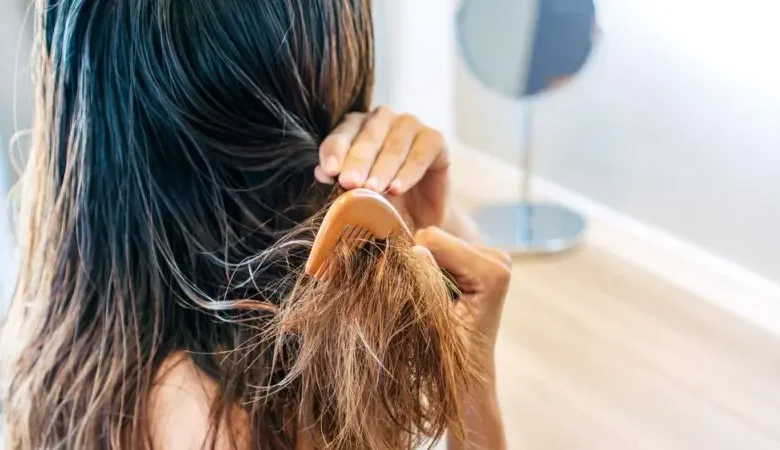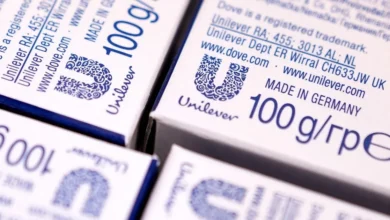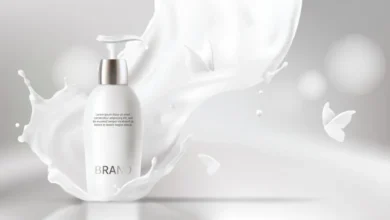Does sea water damage hair?

With summer in full swing, many of us are flocking to beaches to soak up the sun and enjoy the refreshing waves. While the allure of the ocean is undeniable, concerns often arise about how sea water might affect our hair. Is the fear of hair damage justified, or are the risks overblown?
This article dives deep into the relationship between sea water and hair, exploring the potential effects, myths, and ways to keep your locks healthy during beach outings.
Sea water is a complex solution containing a variety of minerals and salts. The primary components include:
- Sodium Chloride (NaCl): The main salt responsible for the ocean’s salinity.
- Magnesium: A mineral known for its moisturizing properties.
- Calcium and Potassium: Essential for various biological functions, including hair and skin health.
- Trace Elements: Such as zinc and iodine, which have beneficial properties in small quantities.
Potential Effects of Sea Water on Hair
- Dehydration and Dryness
Sea water, particularly due to its high salt content, can draw moisture out of your hair. This can lead to dryness and a rough texture, especially for individuals with already dry or damaged hair. The salt can create a crystalline layer on the hair shaft, which can disrupt the natural moisture balance.
- Hair Cuticle Damage
The cuticle is the outermost layer of the hair, and its integrity is crucial for maintaining smoothness and shine. Salt crystals can accumulate on the cuticle, leading to abrasion and roughness. Over time, this can cause the hair to become brittle and prone to breakage.
- Color Fading
For those with dyed or chemically treated hair, sea water can accelerate color fading. The salts and minerals can strip away color molecules, leaving your hair looking dull and washed out. This effect is more pronounced with lighter or pastel shades.
- Tangling and Frizz
The combination of wind, salt, and sun can create the perfect storm for tangles and frizz. Saltwater can cause the hair to swell slightly, increasing friction between strands and leading to tangles. Additionally, the drying effect of salt can cause the hair to lift and become frizzy.
Debunking Myths About Sea Water and Hair
- Sea Water as a Natural Hair Volumizer
It’s often claimed that sea water can add volume to hair by creating a natural wave or curl. While the salts can give a temporary lift by adding texture, this comes at the cost of potential dryness and damage if not properly managed.
- Salt Water as a Natural Cleanser
Another myth is that sea water can act as a natural cleanser for the scalp. While the salt may help exfoliate dead skin cells, it’s not a substitute for regular shampoo and conditioning. Overexposure to sea water without proper rinsing can lead to a build-up of salts and minerals, which can clog hair follicles and cause scalp issues.
- Saltwater Protects Against Sun Damage
Some believe that sea water can protect hair from UV rays by forming a protective layer. However, this is not the case. In fact, the combination of salt and sun can exacerbate UV damage, leading to increased dryness and potential protein degradation in the hair.
How to Protect Your Hair from Sea Water Damage
- Pre-Treat with Fresh Water
Rinsing your hair with fresh water before swimming in the ocean can help reduce the amount of salt water your hair absorbs. Wet hair is less likely to soak up the salty water, minimizing potential damage.
- Use Leave-In Conditioner
A good leave-in conditioner can create a protective barrier around your hair, reducing the impact of salt and sun. Look for products with ingredients like shea butter, argan oil, and UV protectants.
- Rinse Immediately After Swimming
Rinse your hair with fresh water as soon as possible after leaving the ocean. This helps to wash away salt and minerals before they have a chance to dry and cause damage.
- Apply a Deep Conditioning Treatment
Regular deep conditioning treatments can help restore moisture and repair any damage caused by sea water. Focus on treatments that are rich in hydrating ingredients like keratin, avocado oil, and aloe vera.
- Wear a Protective Hat or Scarf
Covering your hair with a hat or scarf can provide an extra layer of protection from the sun and salt. This is particularly useful for people with dyed or chemically treated hair.










